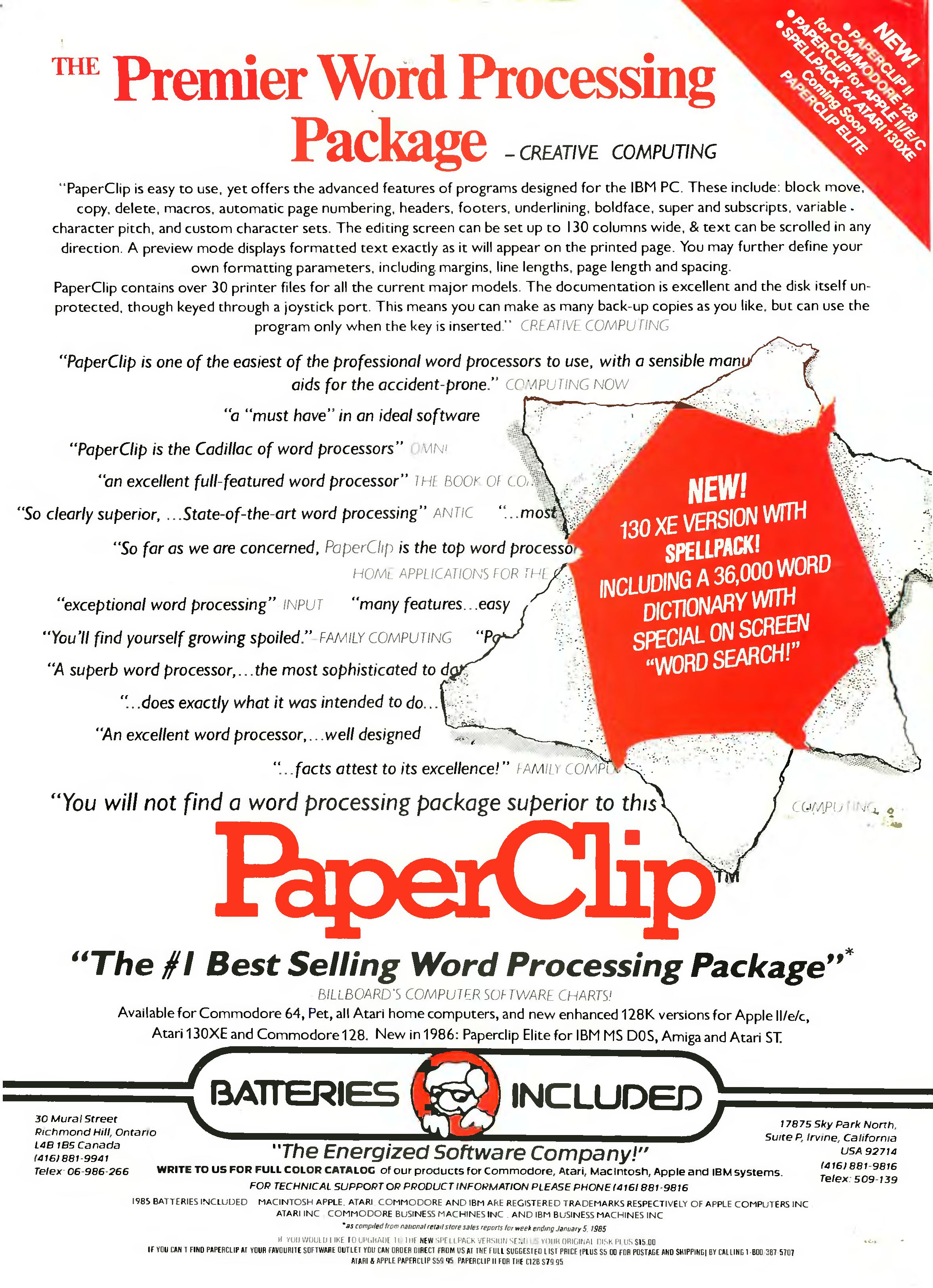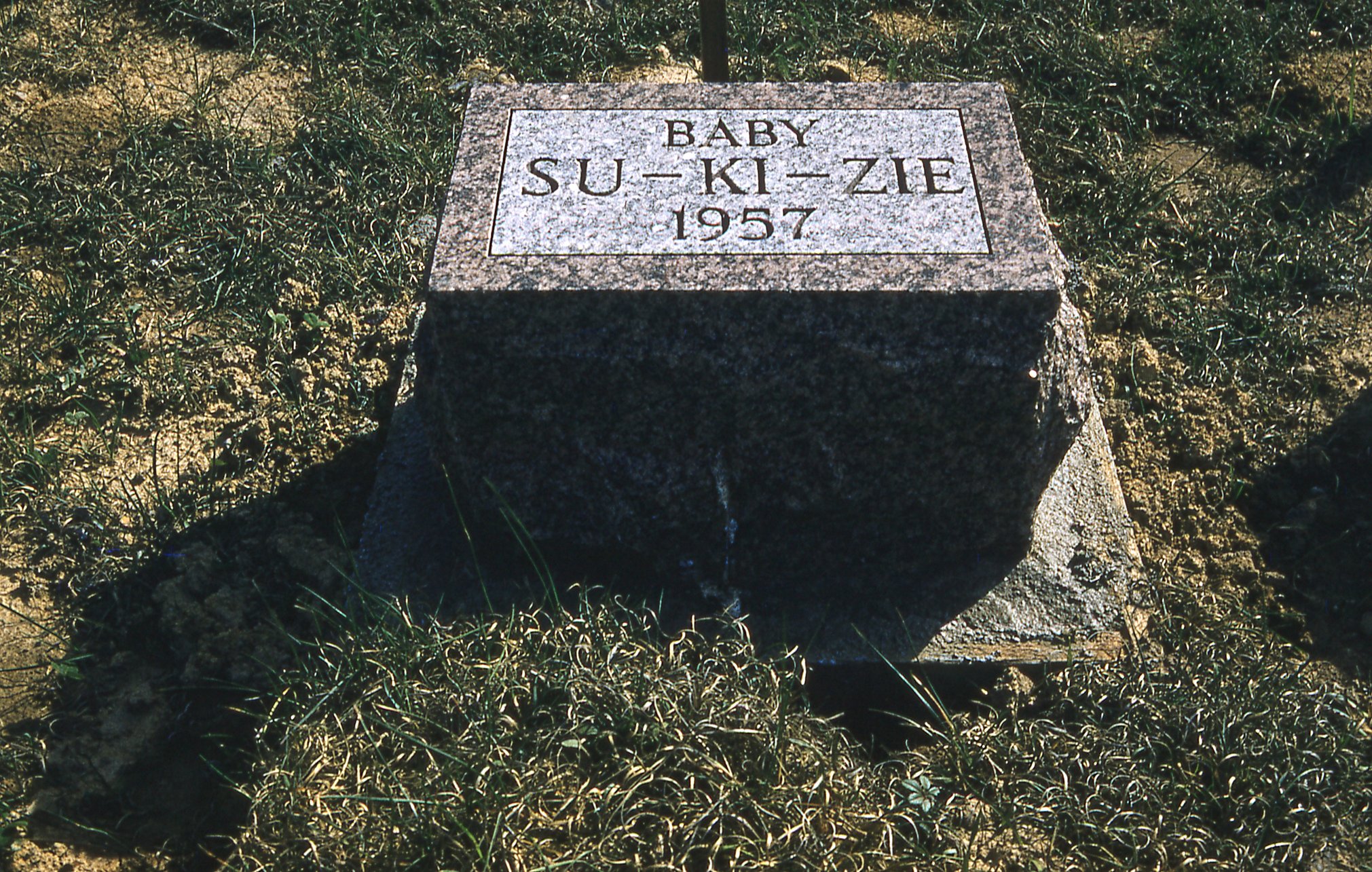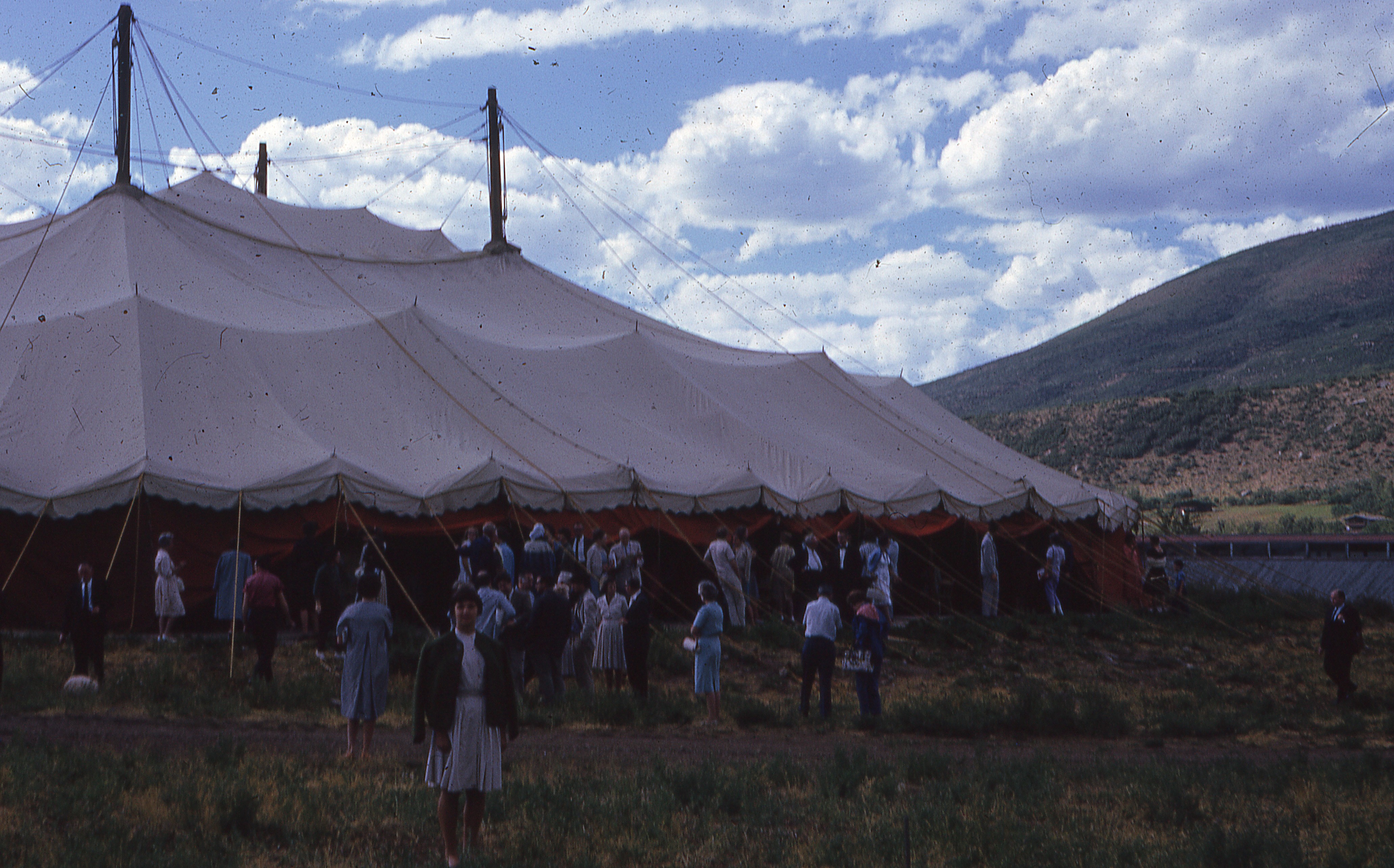In March of 2020, Donald Trump paused federal student loan payments and “froze” interest accumulation in an effort to help borrowers through the difficulty of pandemic shutdowns.
The Oval Office has changed occupants, pandemic shutdowns have ended, but the payment and interest freeze has been extended several times. As Friedman quipped, “there’s nothing so permanent as a temporary government program.”
When Brad Polumbo and I wrote about temporary pandemic programs (including the student-loan payment freeze) becoming permanent in September, I noticed some criticism in the line of “the programs are still here because the pandemic is still here.”
Well, for what it’s worth, Fauci now says we’re out of the pandemic phase. Of course, some may simply disagree with Fauci. To some, we may never be.
In any case, the student loan payment freeze has certainly outlasted the government shutdown. And, although there are many problems in the economy right now, it wouldn't be hard to point to worse economies in the past when student loan payments were still being collected.
So I think it’s safe to say that the payment freeze has moved on from being temporary relief, and it can now be better classified as “student loan forgiveness”.
Whose Interest?
Why would a pause on payments and interest accumulation fall under the category of student loan forgiveness?
Well, every day this program continues, borrowers are exempted from paying interest they agreed to pay. Or, put differently, the federal government is taking the hit for the monthly interest payment in terms of lost cash inflows.
Ultimately, this means taxpayers are the generous ones picking up the tab. Why? Well, when the federal government chooses not to charge interest it is owed, the revenue of the government is lower than it would be.
All government spending must ultimately be financed with government revenue. So when the government spends money or borrows money, it must ultimately come from the taxes it collects (for the sake of simplicity we’ll ignore revenue via seigniorage).
So if the government decides to spend the same amount it budgeted to spend before freezing interest, and it receives less money from interest due to the freeze, it must take more money from present or future taxpayers.
Alternatively, even if the government decided to spend less money to offset the lack of interest received (an otherworldly scenario), taxpayers would still be worse off because they’d be paying the same taxes for less government services provided.
In either case, taxpayers are left holding the bag. Student loan holders who don’t have to make payments or deal with interest accumulation are better off. Interest is forgiven on the public’s dime.
How Much Have We Forgiven?
If you’re not a finance person, this might seem minor. How much could this really be costing? Well, in the first few months, it was probably not that much. But the thing about interest is, it compounds.
To estimate the total revenue the federal government has forgone with this freeze, let’s do a simple back-of-the-envelope estimate.
Student loan interest compounds daily, but the rate on the loans is represented in annual terms. In other words, a 4% interest rate on your federal student loans means your balance will be 4% larger at the end of the year if you didn’t pay anything toward the initial loan amount itself.
For simplicity's sake, imagine you had a loan of $100, and a 4% interest rate in annual terms. At the end of the year, you’d owe 100*1.04=$104. Next year the 4% interest would accumulate on the balance of $104 so your new balance would be $104*1.04=$108.16.
In reality, this understates the growth of the loan balance because of factors dealing with how annual interest rates are expressed compared to how interest compounds, but this simplification will do for a conservative estimate.
So to find the total amount of interest forgone, we need the balance of federal loans and the average interest rate (weighted by loan amount).
Average interest rate data are difficult to come by. Educationaldata.org claims the average rate for Federal Student Loans is 4.12%. But this number is just an average of interest rates since 2013, not a weighted average. It also uses only undergraduate loans which have lower interest rates. If you extend that back to 2007, you get an unweighted average of 4.66%.
I also did some quick calculations using Federal Reserve Data on outstanding student loans to determine the weight of different years. This gave me a weighted average of 4.69%. Lastly, If I use only the last 10 years, I get a weighted average of 4.03%.
Since most federal student loans are paid off in 10 years, let’s stick with the lower 4.03%, which will provide a more conservative estimate anyways. (My guess is this is much lower than reality, but it provides some guidance.)
We have an interest rate, but what about an amount? Well, outstanding Federal Student Loan debt is $1.61 trillion.
Finally, as a last simplifying assumption, I’ll be calculating the forgiveness over two years. It’s been 2 years and 3 months, but not including the last 3 months of forgiven interest provides a more conservative estimate.
So, compounding 4.03% interest on $1.61 trillion twice leaves a total balance of $1.74 trillion. This means a total of over $130 billion dollars in interest has been forgiven. Since there are 43 million borrowers, this comes out to an average of around $3,078 of interest forgiveness per borrower.
In other words, we’re already 30% of the way to Biden’s $10,000 forgiveness dream.
Forgiving Who?
As a recent FEE article summarized, student loan forgiveness tends to benefit the wealthy at the expense of the poor and middle class. Economists call this sort of policy regressive (not to be confused with the “going backward” meaning of the term).
It’s clear why. Those with large student loan balances tend to be people pursuing higher-paying careers with an expensive education. Being a doctor or a lawyer is lucrative but becoming one is expensive. And top liberal arts schools charge higher tuition than state schools.
The student loan payment freeze is in some ways even more regressive. Remember, the $3,078 of forgiveness was an average. That means some borrowers are benefiting more than that and some are benefiting less. Unlike a flat $10,000 forgiveness, which at least forgives all borrowers equally, the interest freeze is most beneficial for those with large loan balances.
Bankrate claims the average lawyer graduates with $165,000 in student loan debt. At the interest rate of 4.03% this translates to over $13,000 in forgiven interest. In fact, anyone with student debt more than $125,000 has already received more than the $10,000 in forgiveness Biden has promised.
Compare this to someone who graduates from a regional college with $10,000 in debt. This only translates to around $800 in forgiveness.
To sum up, student loan forgiveness is already here. And it’s already helping the rich at the expense of the poor.
Peter Jacobsen teaches economics at Ottawa University where he holds the positions of Assistant Professor and Gwartney Professor of Economic Education and Research at the Gwartney Institute. He received his graduate education George Mason University and received his undergraduate education Southeast Missouri State University. His research interest is at the intersection of political economy, development economics, and population economics. His website can be found here.
This article was originally published on FEE.org. Read the original article.
 Student Debt Forgiveness Is Already Happening Because of the Payment “Freeze”
Student Debt Forgiveness Is Already Happening Because of the Payment “Freeze”


































